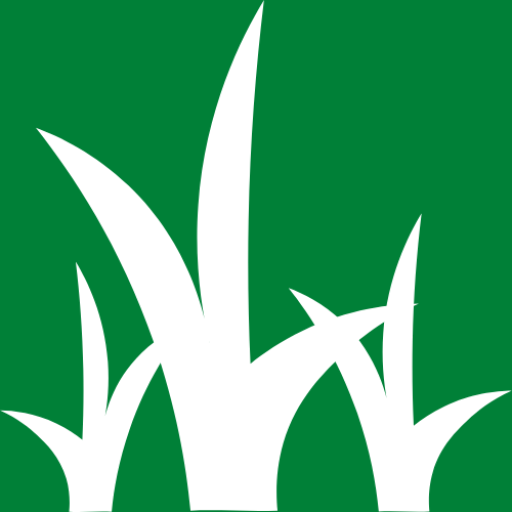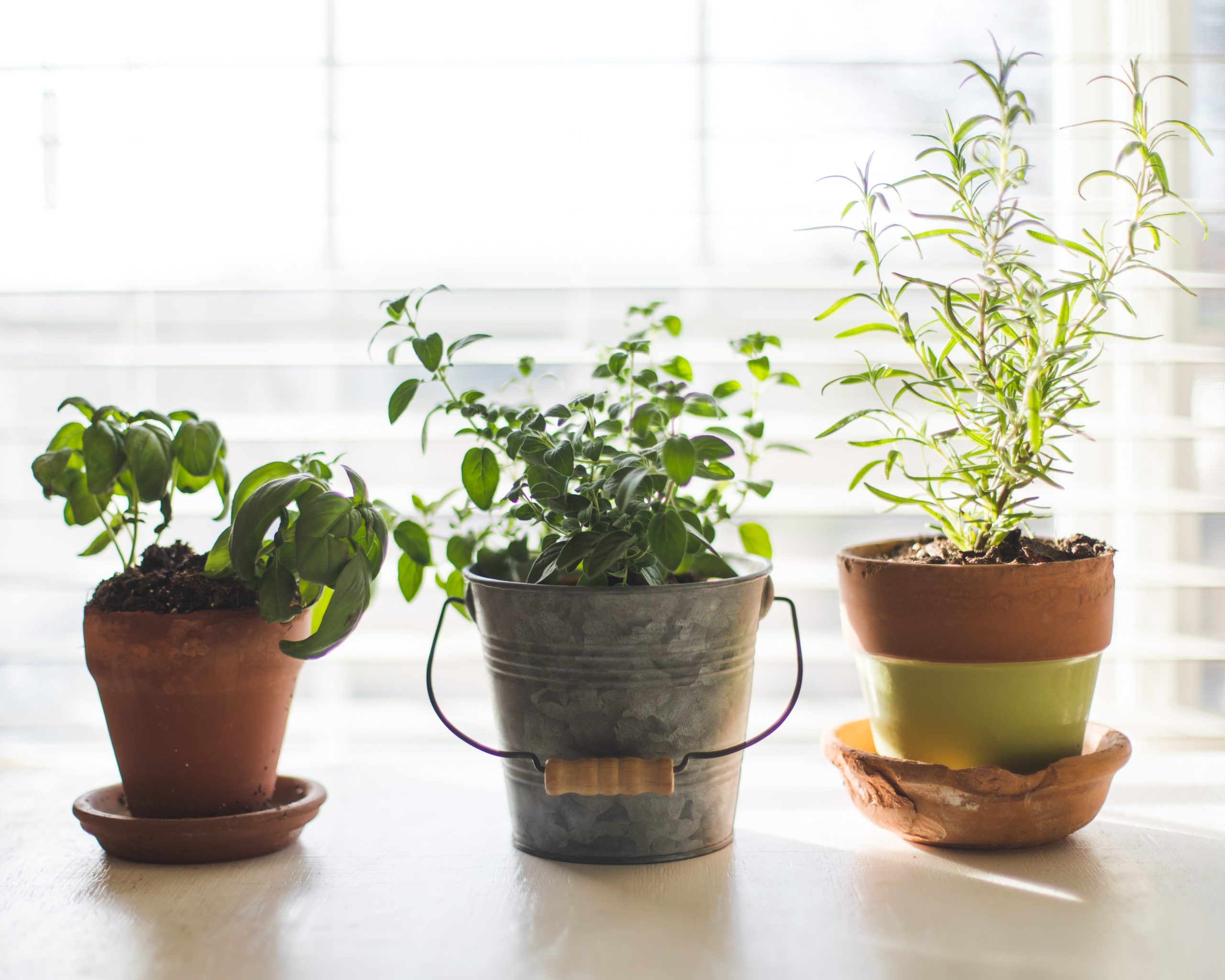Herb gardening is becoming increasingly popular, and for good reason. Herbs have practical value, serve a function, and you can actually use your plants with herb gardening. The majority of people associate herb gardening with cooking, however herbs are also planted for their pleasant aroma and appearance.
Drying herbs for use throughout the winter months is a crucial element of herb growing, especially if you intend to cook with them. The tops of leafy herbs must first be chopped, rinsed, and hung up to allow the water to evaporate. Then, tie the stems together and hang them to dry in a paper bag. They must be removed after two to three weeks; crush the leaves, dry them in the oven, and store in a glass jar.
Basil is one of the most frequent herbs used in herb gardening. “Dark Opal” basil and plain green basil are both lovely additions to any garden and are frequently used as décor. The blooms of Dark Opal are light pink, and the leaves are dark red. Basil isn’t simply utilized for its appearance; it’s also used to add flavor to tomato juices and pastes.
Chives are quite small and resemble a blade of grass. They are considerably tougher than they appear and will thrive in drought after drought. Chives are a great plant for herb gardening because of their hardness and sturdiness, especially if the gardener doesn’t want plants that demand a lot of maintenance. Chives are delicious in salads, egg dishes, and a variety of sauces.
Mint is also very easy to cultivate and may be used to make mint jelly, mint juleps, lemonade, and any other fruity drink. Mint is also useful in herb cultivation because to its distinct minty aroma. Thyme and sage are two plants that almost everyone has in their herb garden. These two herb gardening favorites are used to season soups, chicken, turkey, hog, and other sausages. Sage is sometimes planted for its stunning blue spiky blooms.
Lavender is the most fragrant herb in herb gardening, and it is frequently used in candles, as a perfume scent, and to improve the smell of linen chests. The bright purple blossoms smell wonderful.
Borage (used in salads), chervil (used in egg dishes), sweet marjoram (flavors lamb, fish, salad, and soup), sesame (flavors crackers, biscuits, and bread), and dill are some other herbs commonly planted in herb gardens (flavors meats and used in pickles). Herb gardening enables gardeners to use herbs from their own garden for cooking, decoration, and fragrance. Herb farming produces considerably fresher, more flavorful herbs than store-bought herbs, and it is much cheaper.

